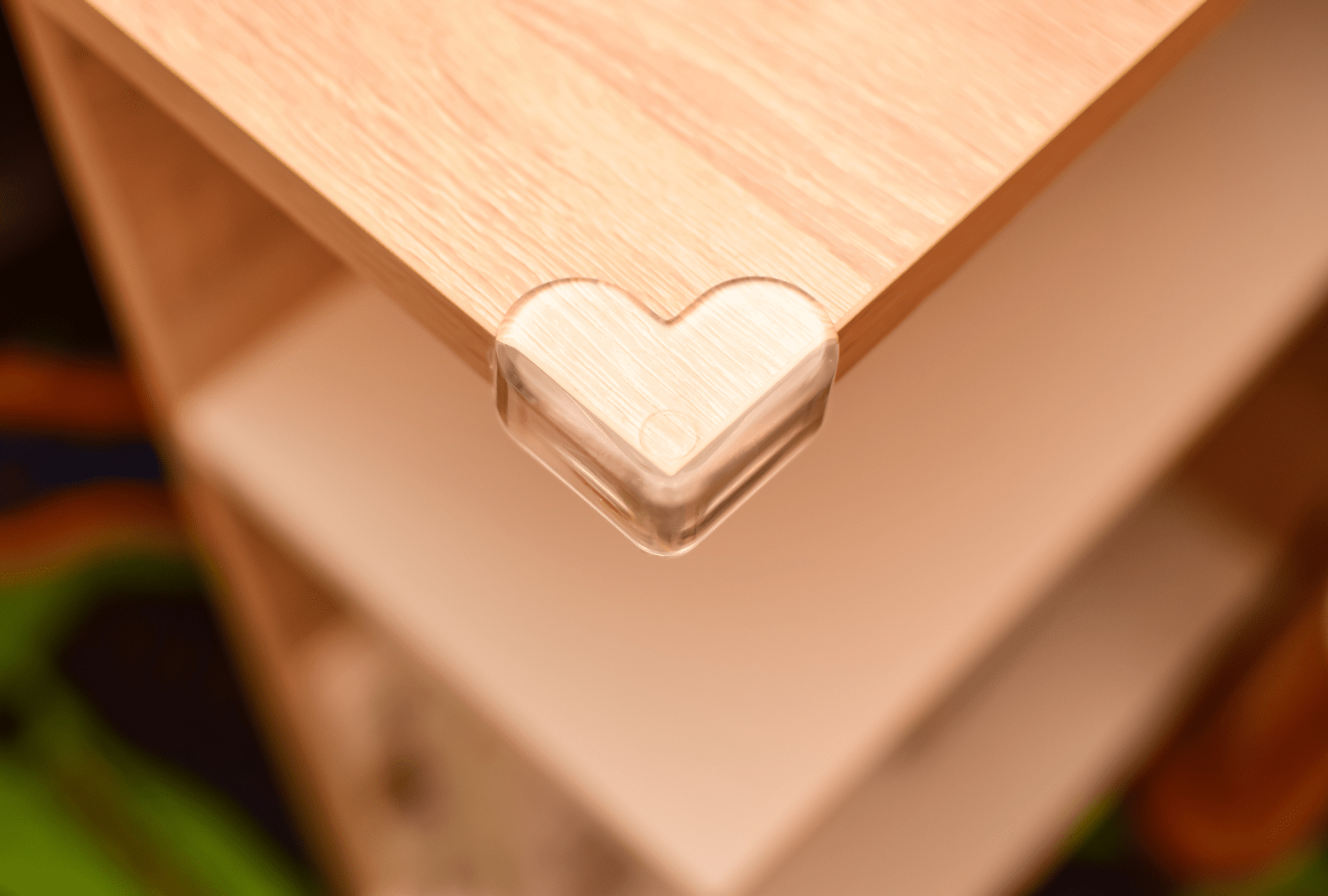Couches
Living
Decor
A Comprehensive Guide to Childproofing Your Home Furniture: Creating a Safe Haven for Little Explorers
May 16, 2023 2 min read

As a parent, ensuring the safety of your little ones is always a top priority. While you may have taken the necessary precautions to childproof your home, have you considered childproofing your furniture? Our little explorers are drawn to every nook and cranny of our homes, making it crucial to secure our furniture to prevent accidents and injuries. In this blog, we'll explore practical and effective ways to childproof various types of home furniture, transforming your living space into a haven for your little adventurers.
When it comes to childproofing your furniture, it's important to start with the basics and consider each piece of furniture in your home. Here are some tips to help you create a safe environment for your child:
1. Securing Heavy Furniture:
Start by securing heavy furniture like sofas, coffee tables, and bookcases to the wall using furniture straps or anchors. This prevents them from toppling over if your child accidentally bumps into them.
2. Covering Sharp Edges and Corners:
Children are curious and prone to accidents. Cover sharp edges and corners with soft padding to prevent injuries. You can use edge and corner guards designed for this purpose, or cut foam tubing or pool noodles to size.
3. Keeping Electrical Cords Out of Reach:
Electrical cords can be hazardous. Keep them out of your child's reach by using cord clips or hiding them behind furniture. Cord covers can also protect them from damage.
4. Choosing Furniture with Rounded Edges:
When shopping for furniture, consider pieces with rounded edges instead of sharp corners. This eliminates the need for edge guards and makes your home safer for your child. Round coffee tables, ottomans, and side tables are great options.
5. Securing Drawers and Cabinets:
Children love to explore drawers and cabinets, which may contain sharp objects or hazardous materials. Use childproof locks or latches to secure them. Choose from magnetic locks, adhesive straps, or other types that suit your needs.
6. Being Mindful of Décor:
Be cautious about using small items that your child could swallow or that can easily be knocked over. Secure fragile or potentially dangerous items to shelves or tabletops using adhesive putty. Avoid loose tablecloths or runners that children can pull on.
7. Specific Furniture Considerations:
- Sofas and Occasional Chairs: Ensure stability and consider slipcovers with hidden Velcro fasteners to prevent access to foam or cushion stuffing.
- Coffee Tables and Side Tables: Soften sharp edges with corner guards and keep fragile items out of reach. Use childproof latches to secure drawers and cabinets.
- Lighting Fixtures: Secure cords out of reach and cover exposed outlets with childproof covers.
- Bedroom Furniture: Anchor heavy furniture like dressers and bookshelves to the wall. Avoid placing cribs or beds near windows or blinds and eliminate window cord hazards.
- Dining Room Furniture: Stabilize dining chairs and use childproof locks or latches on cabinets and
- Ottomans, Shelving Units, and Décor: Look for child-friendly ottomans and secure freestanding shelving units. Use adhesive putty to secure décor items and avoid hazardous materials within reach.
By combining these tips and considering the specific characteristics of each furniture piece, you can effectively childproof your home and create a safe environment for your child to explore and play in. Remember to regularly reassess and update safety measures as your child grows and develops new abilities.
